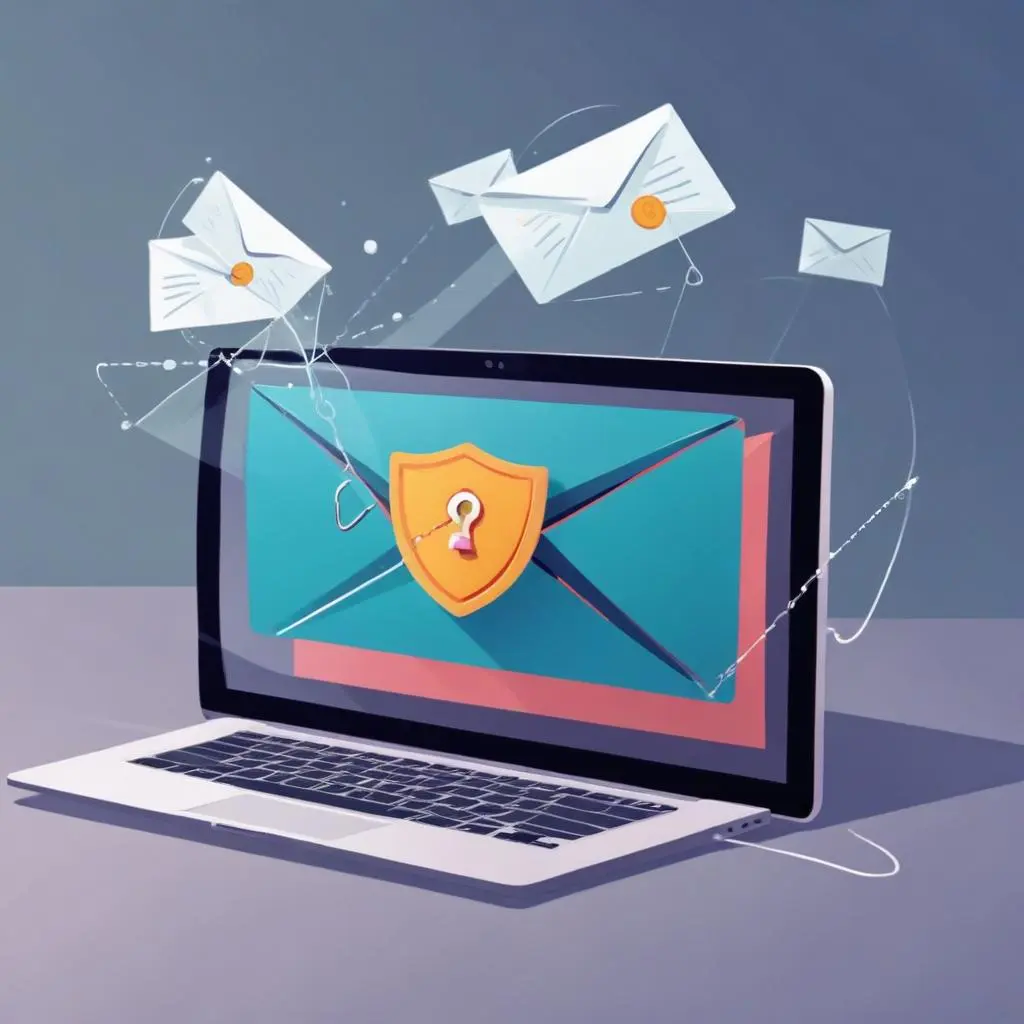
How to track the source of spam using email aliases?
In today’s digital landscape, our inboxes can often feel like a battlefield, inundated with an endless stream of spam emails. You know the ones: unsolicited offers for miracle weight loss pills, mysterious job opportunities that seem too good to be true, or even emails from “the IRS” demanding immediate payment. It can be overwhelming, and we often wonder: how did they get my email?
I remember a time when I signed up for a new online store, excited about a sale. But shortly after, my inbox was flooded with promotions and, eventually, spam. It felt like opening a door to an unwelcome flood of unwanted guests. That’s when I discovered the power of email aliases—like having a secret backdoor that lets me track the source of those pesky spam emails.
Understanding Email Aliases
So, what exactly is an email alias? Think of it as a unique email address that forwards messages to your primary inbox without exposing your actual email. It’s a bit like wearing a disguise at a party; it allows you to interact with different groups while keeping your true identity safe.
When you create an email alias, you can use it for specific purposes—like signing up for newsletters, online shopping, or social media accounts. This means if one of those sources starts sending you spam, you’ll know exactly where it’s coming from.
For instance, if you use an alias like "shopping@yourdomain.com" for all your online purchases, any spam you receive at that address can be traced back to that specific retailer. This method not only keeps your main email address clutter-free but also helps you manage your digital footprint more effectively.
If you're curious about how to create email aliases and start tracking your spam today, check out our more detailed article on the subject!
Creating Specific Aliases for Different Purposes
One of the most effective strategies for managing spam is to create unique email aliases for different activities. Imagine walking into a store and handing out different names depending on whether you’re shopping for clothes, groceries, or electronics. Each alias acts like a shield, protecting your primary email from unsolicited messages.
For example, you might use "newsletters@yourdomain.com" for all your subscription sign-ups. If that alias starts receiving unwanted emails, you’ll know it’s time to reassess the sources you’ve shared it with. Similarly, using "offers@yourdomain.com" for special promotions can help you identify which stores or services are sharing your information with others.
By using distinct aliases, you can easily pinpoint where spam is coming from, allowing you to take action—whether it’s unsubscribing or simply disabling that specific alias. For a deeper dive into creating effective email aliases, be sure to check out our detailed guide on the topic!
Tracking Spam Sources with Email Aliases
The true magic of email aliases reveals itself when it comes to tracking spam. Each alias serves as a unique identifier that helps you trace the origin of unwanted emails. Let’s consider a scenario: you sign up for a fitness app and use the alias "fitness@yourdomain.com."
Over time, you notice that this alias begins to receive an influx of spammy promotions and unsolicited advertisements for diet pills. This is your clue that the fitness app either sold your email to a third party or is engaging in questionable marketing practices. By identifying the source, you can quickly disable that alias without affecting your main email account.
Another example: imagine you use "travel@yourdomain.com" when booking your next vacation. If that alias suddenly starts receiving travel spam from multiple airlines, it’s clear that one or more of them is sharing your information. This targeted approach not only helps reduce spam but also empowers you to make informed decisions about where to share your email in the future.
Using aliases is like setting up a digital detective agency—allowing you to investigate and manage your online interactions effectively. With this approach, you take back control of your inbox and reduce the noise that can often drown out important messages.
Managing and Disabling Aliases
Once you’ve created several email aliases, managing them effectively becomes essential. Just like any organized system, having a clear strategy helps maintain control over your inbox.
For instance, consider regularly reviewing which aliases are still in use and which have become spam magnets. If "shopping@yourdomain.com" is constantly bombarded with unsolicited emails, it may be time to disable it. The beauty of email aliases is that you can easily turn them off without disrupting your primary email.
Additionally, many email services allow you to categorize or label emails coming from specific aliases, making it easier to prioritize what matters most. You can create filters to automatically sort incoming messages based on the alias they were sent to, ensuring that important communications are never lost in a sea of spam.
For more detailed tips on managing your email aliases, check out our dedicated resource on effective email organization.
Conclusion
In a world where spam can quickly clutter your inbox, email aliases offer a powerful solution. By creating specific aliases for different activities, tracking spam sources, and effectively managing these aliases, you regain control over your email experience.
Imagine an inbox that reflects only what you want to see—a clean, organized space free from unwanted noise. If you're ready to take charge of your email and minimize spam, now is the perfect time to start using email aliases.
Ready to dive in? Sign up today to create your email aliases and experience the difference for yourself! For further insights, don’t forget to explore our other articles on email management and online privacy.